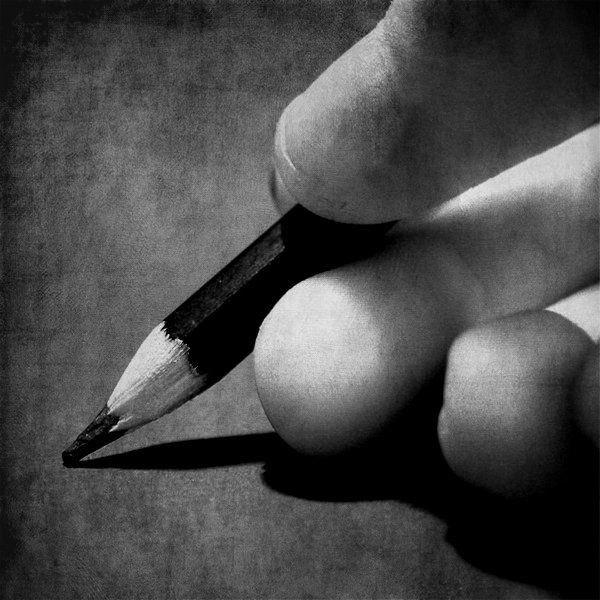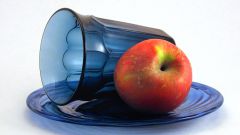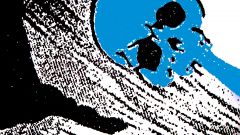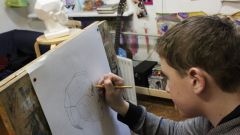Instruction
1
The main factor in the formation of the shadow is light. In the daylight the shadows sharper and deeper than on a cloudy day when the light is evenly dispersed in the atmosphere. The quality of light is very important to create the right shade, so if you paint any subject from nature, take care of creating the correct lighting to create a hard and dark shadow, or, on the contrary, soft and fuzzy. Practice to shade with a pencil in graphics technology, using nature as an ordinary egg.
2
On a horizontal sheet of paper, draw an egg shape and define where the light falls, where the most illuminated, and where the darker half of the egg. Also determine the type of lighting to understand what shade it gives is soft or hard. On a sheet of paper put a dot in the place where in reality the egg is light.
3
Take another look at the egg and look at the midtones. Complete the egg shape on the paper easy long simple shading with pencilto give it a base gray color. Short strokes of the pencil give more semitones.
4
Consider the shapes of shadows and highlights on the egg - usually they have a rounded Crescent shape. Apply the outlines of these shapes on the drawing in the places corresponding to the location of the real shadows and highlights.
5
Work through the transitions from shadow to light: slightly Flex the shadow fragments, repeating the spherical shape of the eggs and giving it volume. By varying the degree of pressure on the pencil, you can get darker and lighter shades.
6
In places the bright glare treat the desired location on the drawing with an eraser. Usually from Desk surface the light is reflected, creating in the bottom part of the egg light strip. Mark it with a piece of eraser. Redraw the outline of the shadowthat casts the egg on the table, stroke it and achieve a uniform tone.
7
He coped with painting eggs, move on to more complicated objects in which the forms of light and shadow differ from the previous one. Practice and soon you'll develop drawing skills.



